
Introduction
Cleaning your Breville espresso machine regularly is essential to maintain its performance and ensure the longevity of the equipment. While there are specific cleaning products available on the market, you might wonder if you can use baking soda as an alternative. In this article, we will explore the use of baking soda to clean a Breville espresso machine, providing you with detailed instructions and considerations for an effective cleaning process.
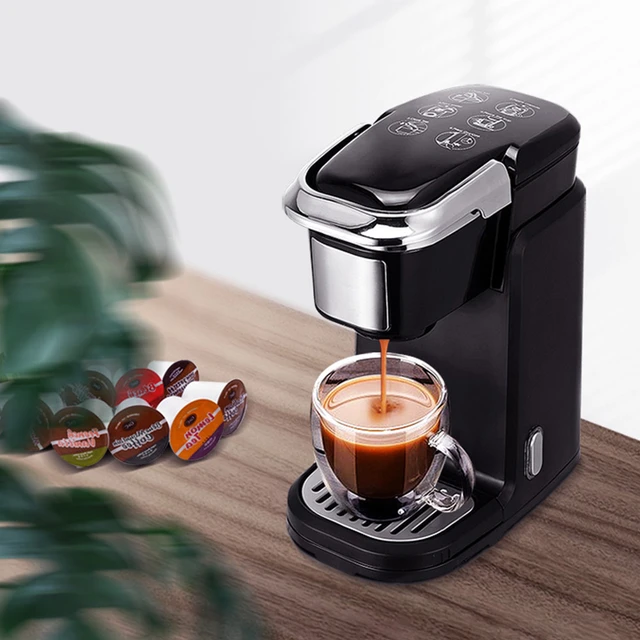
Can I use baking soda to clean Breville espresso machine?
Why Consider Baking Soda for Cleaning?
Baking soda, also known as sodium bicarbonate, has long been recognized for its natural cleaning properties. It is a mild abrasive and has deodorizing properties, making it a popular choice for household cleaning tasks. Using baking soda to clean your Breville espresso machine can be a cost-effective and environmentally friendly alternative to commercial cleaning products.
Materials Needed
Before starting the cleaning process, gather the following materials:
Baking soda: Purchase a box of baking soda, which can be easily found in grocery stores or supermarkets.
Soft cloth or sponge: Choose a soft cloth or non-abrasive sponge for cleaning the various parts of your espresso machine.
Warm water: Use warm water for mixing with the baking soda to create a cleaning paste.
Small brush: A small brush, such as a toothbrush or a soft-bristled brush, can be useful for scrubbing hard-to-reach areas.
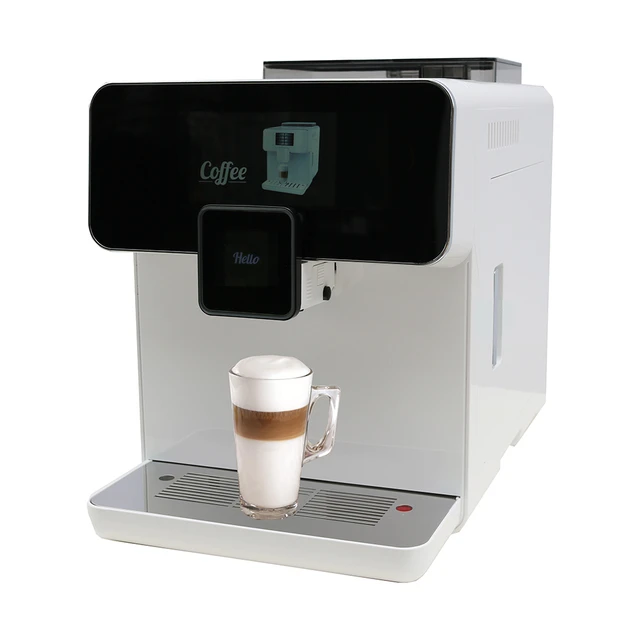
Cleaning the Exterior of the Espresso Machine
To clean the exterior of your Breville espresso machine using baking soda, follow these steps:
Make a cleaning paste: In a small bowl, mix baking soda with a small amount of warm water to create a thick paste. The consistency should be similar to toothpaste.
Apply the paste: Dip a soft cloth or sponge into the baking soda paste and gently rub it onto the exterior surfaces of the espresso machine. Focus on areas with stains, fingerprints, or residue.
Scrub if necessary: For stubborn stains or buildup, use a small brush to scrub the affected areas gently. Be cautious not to scratch or damage the surface of the machine.
Wipe off the paste: Use a clean, damp cloth to wipe off the baking soda paste from the exterior surfaces of the espresso machine.
Dry the machine: Finish by drying the machine with a soft, dry cloth to prevent water spots or streaks.
Cleaning the Portafilter and Filter Basket
The portafilter and filter basket are critical components of your espresso machine that come into direct contact with coffee grounds. Regular cleaning is necessary to remove any residual coffee oils or buildup. Here’s how to clean them with baking soda:
Remove the filter basket: Unscrew the portafilter from the espresso machine and remove the filter basket.
Rinse with warm water: Rinse the portafilter and filter basket under warm water to remove any loose coffee grounds.
Make a cleaning paste: In a small bowl, mix baking soda with a small amount of warm water to create a paste.
Apply the paste: Use your fingers or a soft brush to apply the baking soda paste to the inside and outside of the portafilter and filter basket. Ensure that all surfaces are covered with the paste.
Scrub gently: Using a soft brush or sponge, gently scrub the surfaces of the portafilter and filter basket to remove any coffee oils or residue. Pay attention to the spouts and the bottom of the filter basket.
Rinse thoroughly: Rinse the portafilter and filter basket thoroughly under warm water to remove any traces of the baking soda paste.
Air dry: Allow the portafilter and filter basket to air dry completely before reassembling them with the espresso machine.
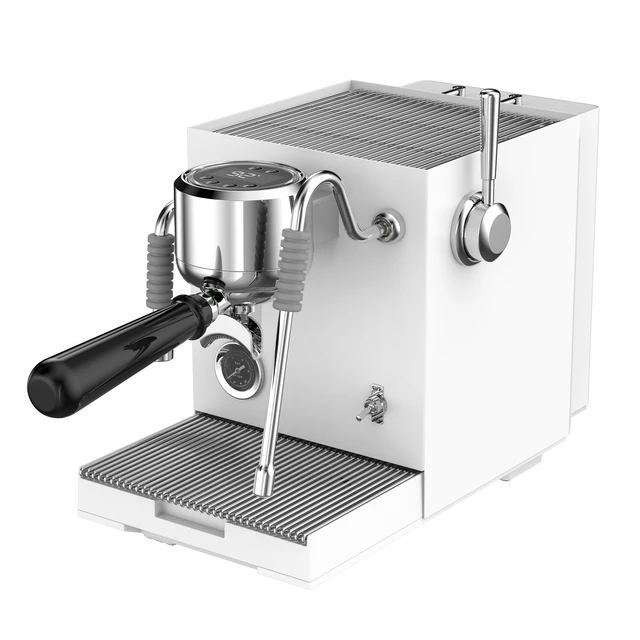
Descaling the Espresso Machine
Descaling is an important part of espresso machine maintenance, as it helps remove mineral deposits that can build up over time. While baking soda can be effective for general cleaning, it might not be as effective for descaling. Consider using a specific descaling solution recommended by the manufacturer for this purpose.
Refer to the manufacturer’s instructions: Follow the instructions provided by Breville for descaling your specific model. These instructions will guide you through the descaling process, which usually involves using a descaling solution and flushing it through the machine.
Use baking soda for light mineral deposits: If you notice light mineral deposits or scaling on removable parts like the steam wand or drip tray, you can create a cleaning paste using baking soda. Apply the paste to the affected areas, scrub gently, and rinse thoroughly.
Cleaning the Steam Wand
The steam wand is a critical part of your espresso machine that requires regular cleaning to prevent milk residue buildup. Consider using a specialized steam wand cleaner for this purpose.
Purchase a steam wand cleaner: Look for a steam wand cleaner specifically designed to remove milk residue. These cleaners are often available in liquid or tablet form.
Follow the manufacturer’s instructions: Read and follow the instructions provided with the steam wand cleaner. It typically involves purging the steam wand with the cleaner, allowing it to soak, and then rinsing thoroughly.
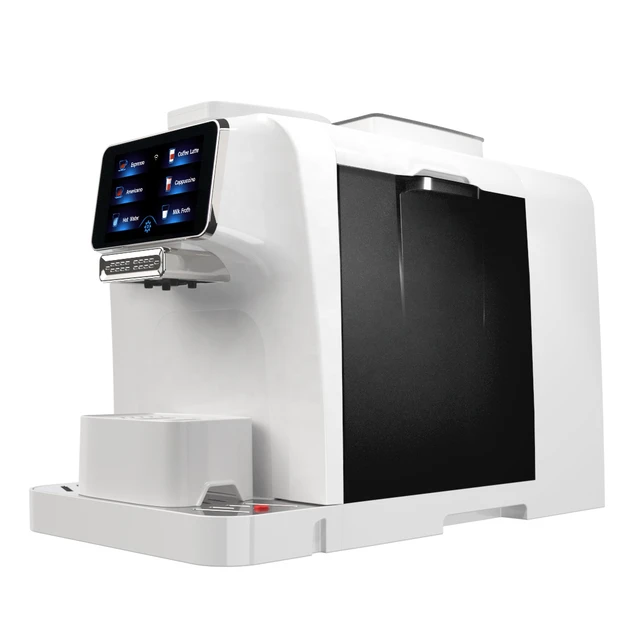
Regular Maintenance and Cleaning
To keep your Breville espresso machine in optimal condition, follow these additional maintenance tips:
Refer to the manufacturer’s instructions: Breville provides specific instructions for cleaning and maintenance for each espresso machine model. Refer to the user manual or their website for detailed guidelines.
Clean the drip tray and water reservoir: Regularly remove and clean the drip tray and water reservoir to prevent buildup of coffee residue or mold. Wash them with warm soapy water and rinse thoroughly.
Backflush the machine: If your espresso machine has a backflushing feature, it is recommended to use it regularly to remove oils and residue from the brew group. Follow the manufacturer’s instructions for backflushing.
Use filtered water: Consider using filtered or bottled water instead of tap water, as it can help reduce mineral buildup and prolong the lifespan of your espresso machine.
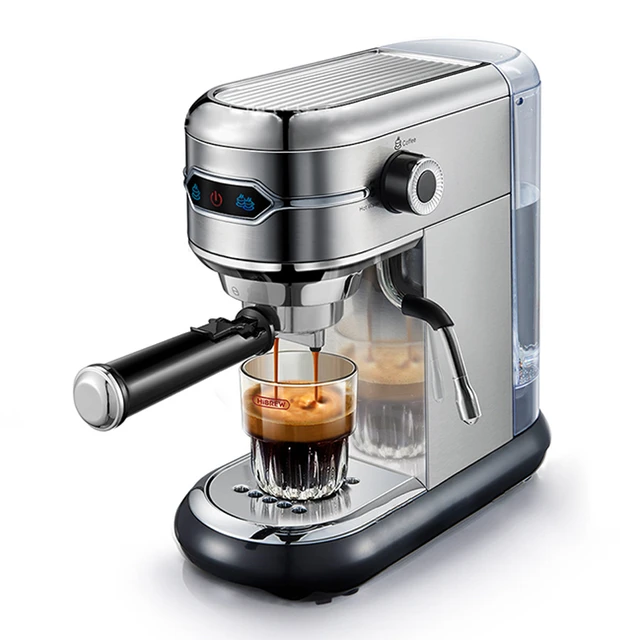
Conclusion
While baking soda can be effective for general cleaning purposes, it is important to note that it might not be suitable for all parts of your Breville espresso machine. While it can be used to clean the exterior surfaces, portafilter, and filter basket, it may not be as effective for descaling or removing milk residue. For descaling and steam wand cleaning, it is recommended to use specific products recommended by the manufacturer. Regular maintenance and cleaning, along with following the manufacturer’s instructions, will help ensure the optimal performance and longevity of your Breville espresso machine.